Self-service ordering machines are touchscreen devices that allow customers to browse menus, place their orders, customize their meals, make payments, and receive receipts, all in a seamless and user-friendly manner. These machines are typically placed at strategic locations within restaurants or fast food chains, reducing the need for traditional cashier counters.
In recent years, self-service ordering machines have emerged as a groundbreaking technology that is reshaping the food industry. These innovative devices have revolutionized the way we dine out, providing convenience, efficiency, and improved customer experience. In this blog post, we will explore the features, benefits, and impact of self-service ordering machines, shedding light on how they are transforming the landscape of restaurants and fast food chains.
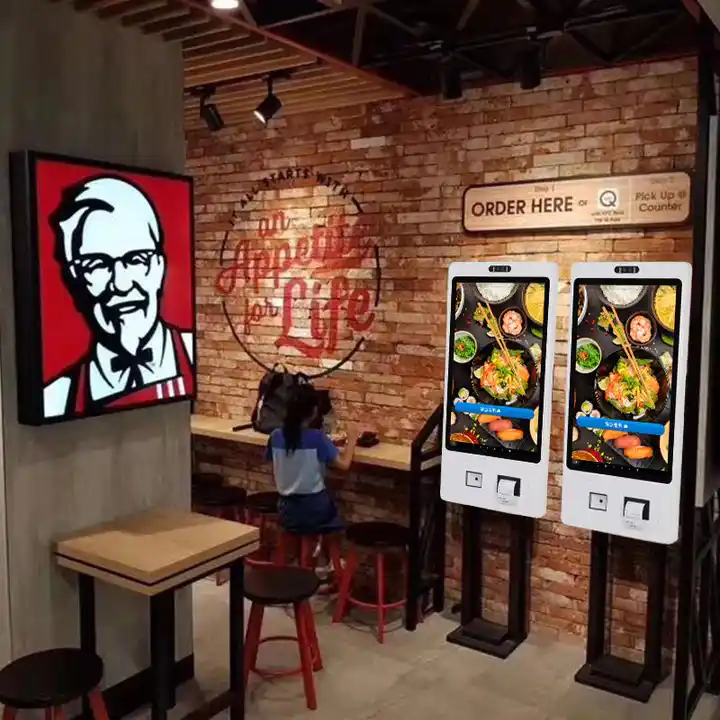
1.Convenience and Efficiency
With self-service ordering machines, customers can take their time to explore the menu and make informed decisions without feeling rushed. These machines eliminate the need to wait in long queues and reduce order processing times, leading to faster service and shorter wait times. Additionally, kiosk service alleviate the pressure on restaurant staff, enabling them to focus on more complex tasks and enhancing overall operational efficiency.
2. Customization and Personalization
Self-service ordering machines empower customers with the freedom to customize their meals according to their preferences and dietary restrictions. From choosing toppings, substituting ingredients, to modifying portion sizes, these machines enable a high level of personalization. By offering a wide range of choices, self kiosk cater to the diverse tastes and preferences of customers, ensuring customer satisfaction and loyalty.
3. Improved Accuracy and Order Accuracy
Traditional order taking often involves human errors, such as miscommunication or misheard orders. Self-service ordering machines eliminate these challenges by offering a comprehensive digital platform, ensuring accurate order placement. Customers can review their orders on the screen before finalizing, reducing the chances of mistakes. Moreover, these machines often integrate with kitchen management systems, directly transmitting orders to the kitchen, minimizing errors caused by manual order transfer.
4. Enhanced Customer Experience
Self-service ordering machines offer an interactive and engaging experience for customers. The user-friendly interfaces and intuitive design make the ordering process effortless, even for technologically-challenged individuals. By eliminating long waiting queues and allowing customers to control their ordering experience, self-service machines enhance customer satisfaction, leading to improved brand perception and increased customer loyalty.
5. Cost Savings and Return on Investment
While the initial investment in service kiosk might seem high, the long-term benefits outweigh the cost. By reducing the need for additional staff members or reallocating existing staff to more valuable tasks, restaurants can save on labor costs. Moreover, the increased efficiency and faster service lead to higher customer turnover, resulting in increased revenue generation. Overall, self-service ordering machines provide a substantial return on investment in terms of cost savings and improved operational performance.
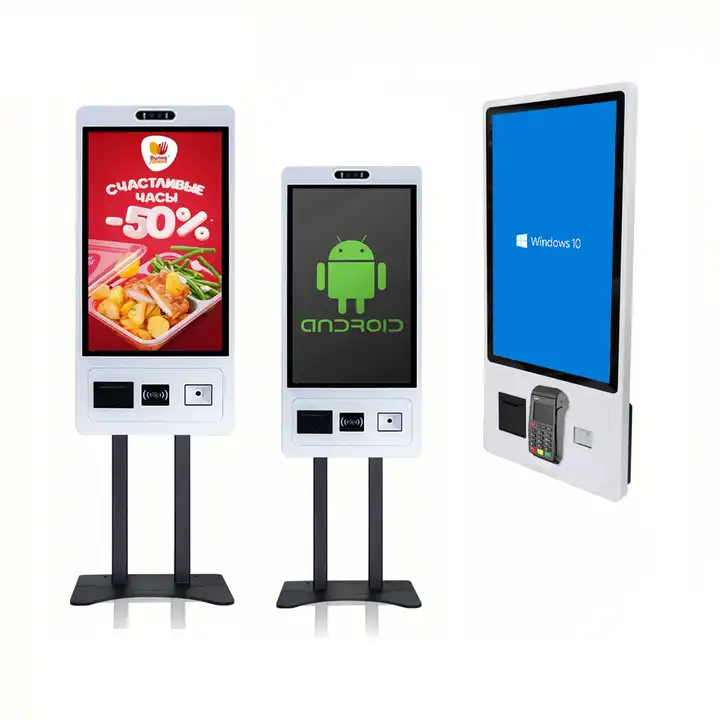
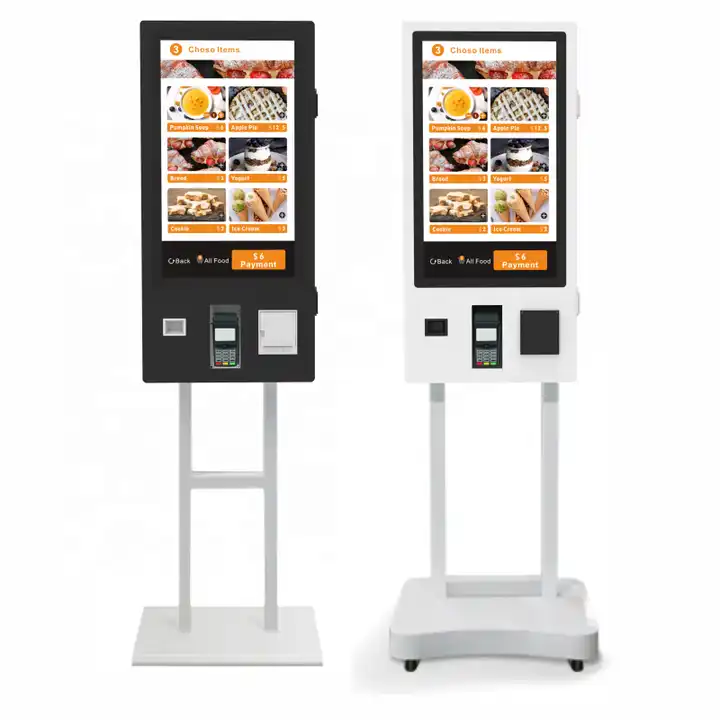
Self ordering system have undoubtedly transformed the way we dine out, offering enhanced convenience, improved efficiency, and a more personalized customer experience. With their ability to streamline the ordering process, promote accuracy, and reduce operational costs, these machines are becoming increasingly prevalent in the food industry. As technology rapidly advances, we can expect to see further developments in self-service ordering machines, seamlessly blending technology with hospitality to redefine the future of the dining experience.
Self ordering, also known as kiosks or interactive terminals, are touch-screen devices that allow customers to place orders, customize meals, and make payments without the need for human interaction. With their user-friendly interfaces and intuitive designs, these machines provide a streamlined ordering process, reducing waiting times and enhancing customer satisfaction.
One of the key advantages of self-service ordering machines is their ability to cater to the preferences and specific requirements of each customer. By offering an extensive menu selection and customizable options, customers can easily personalize their orders, choosing ingredients, toppings, and portion sizes according to their taste and dietary restrictions. This level of customization not only enhances customer satisfaction but also eliminates the potential for miscommunication or errors in orders.
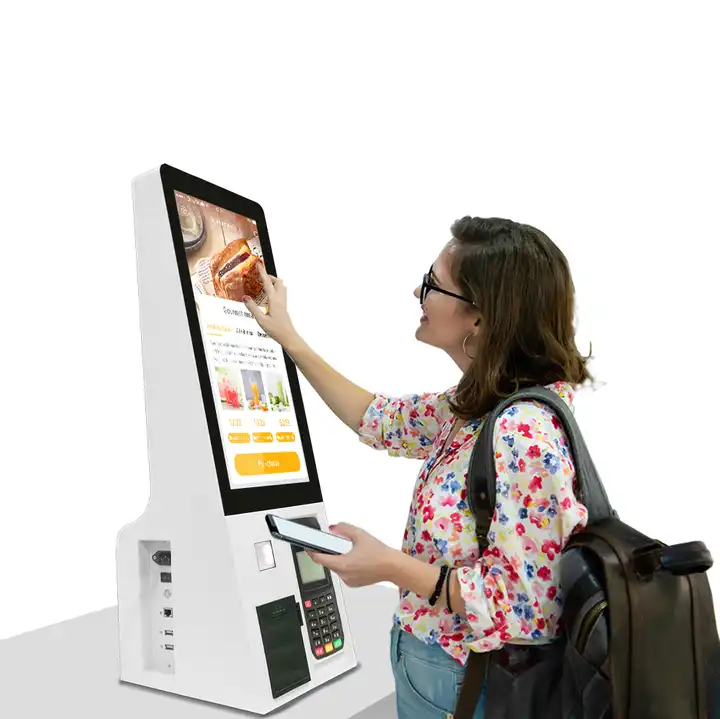
Furthermore, self-service ordering machines significantly improve operational efficiency for businesses. As customers independently place their orders using these machines, the burden on staff is significantly reduced, allowing them to focus on other essential tasks and ensuring efficient service delivery. This ultimately leads to enhanced productivity, cost savings, and improved overall performance for businesses in the long run.
The application of self-service ordering machines is not limited to the fast-food industry. Many other types of businesses, such as cafes, restaurants, and even retail stores, are embracing this technology to enhance their customer experience. By implementing self-service ordering machines, businesses can reduce time spent in queues, minimize order errors, and ultimately increase customer loyalty and repeat business.
The impact of self-service ordering machines on the food industry as a whole has been profound. With the ability to handle high volumes of orders simultaneously, self-service machines have revolutionized the speed and efficiency of food service. This has led to a significant shift in customer expectations, with the demand for prompt and seamless ordering experiences on the rise.
From a marketing perspective, businesses that adopt self-service ordering machines can enjoy several benefits. These machines provide valuable data insights about customer preferences, enabling businesses to analyze purchasing patterns and tailor their offerings accordingly. Additionally, businesses can leverage the integration of self-service ordering machines with loyalty programs or personalized promotions to further engage and retain customers.
Self-service ordering machines have become an integral part of the modern-day customer experience. Through their ability to provide personalized ordering, improve operational efficiency, and enhance customer satisfaction, these devices are reshaping the way people interact with businesses in the food industry. As technology continues to advance, we can expect self-service ordering machines to evolve further, providing even more innovative solutions and transforming the way we order and enjoy our favorite meals.
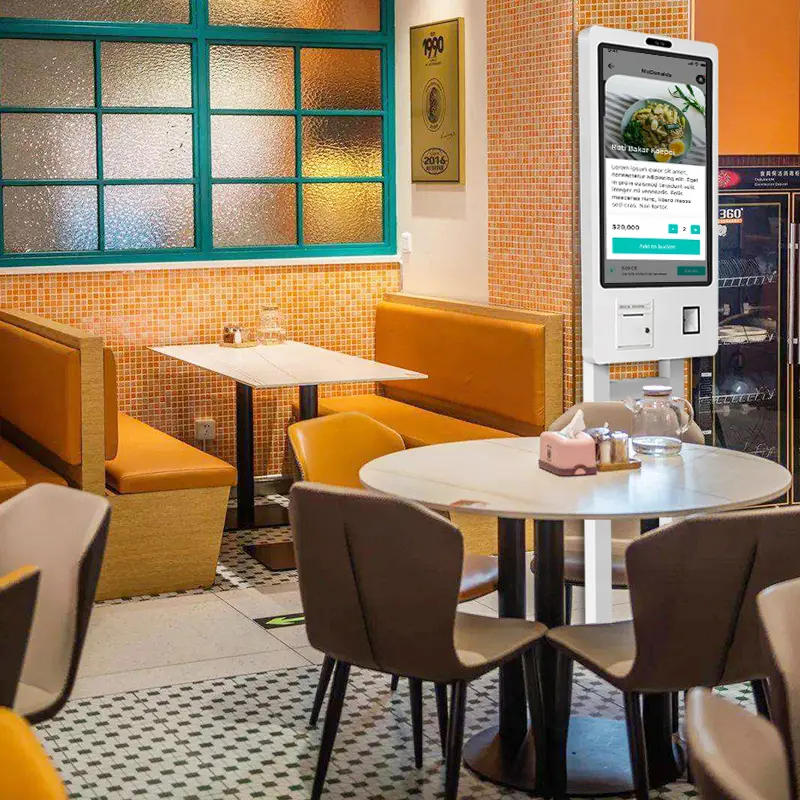
Post time: Nov-30-2023
